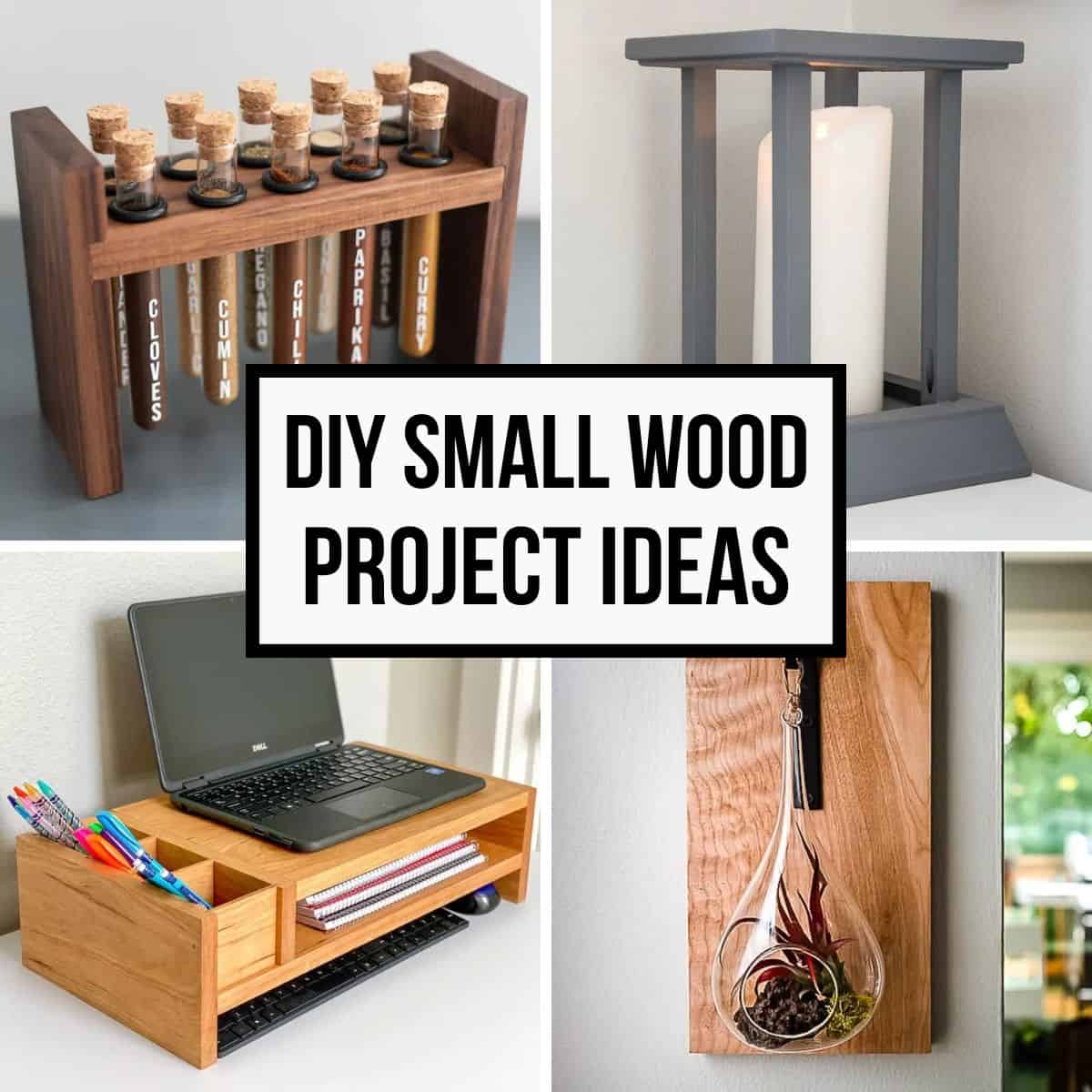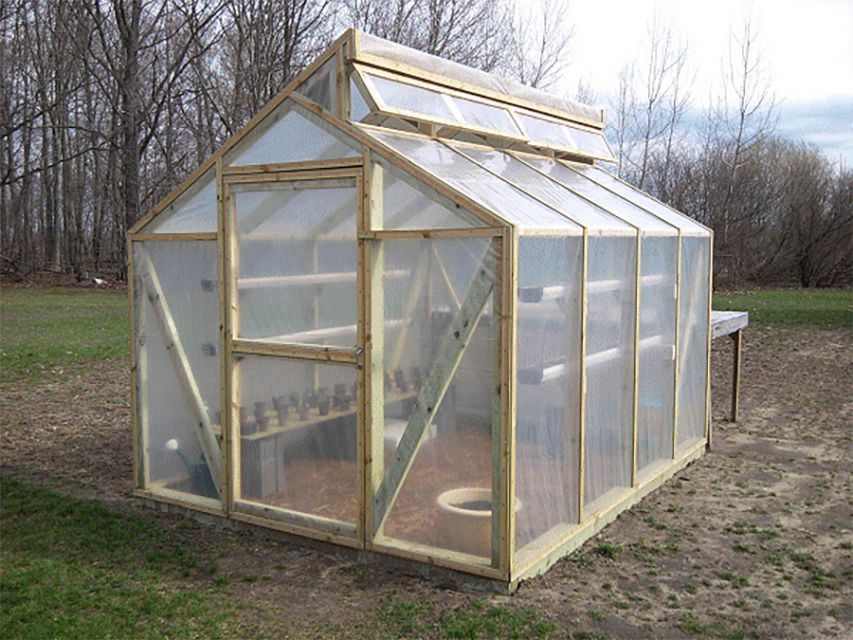Transform Your Home: Step-by-Step DIY Countertops, Epoxy Garage Floor, and Built-In Bookshelves
Introduction
Upgrading your home with DIY countertops , an epoxy garage floor , and built-in bookshelves can add lasting value, increase functionality, and showcase your personal style. This comprehensive guide provides actionable, step-by-step instructions for each project, highlights common challenges, and offers practical alternatives. Whether you’re a seasoned DIY enthusiast or beginning your first major renovation, these methods help you achieve professional results while controlling costs and ensuring lasting performance.
DIY Countertops: Materials, Methods, and Installation
Choosing Materials
DIY countertops can be made from laminate, butcher block, concrete, or tile, each offering unique benefits:
- Laminate : Affordable, available in diverse colors and patterns, but less durable than solid surfaces.
- Butcher Block : Warm, natural look, easy to cut and finish, but requires regular sealing.
- Concrete : Highly customizable, modern aesthetic, but needs careful mixing and reinforcement.
- Tile : Resistant to heat and stains, offers design flexibility, but grout lines require upkeep.
Step-by-Step Installation
While each material has distinct procedures, most DIY countertop projects share these common steps:

Source: therectangular.com
- Planning and Measuring : Take precise measurements of your counter area. Create a detailed materials list and purchase supplies from a reputable home improvement store.
- Surface Preparation : Remove old countertops and ensure the base cabinets are level and securely fastened.
- Material Handling : For laminate or butcher block, cut to size using a circular saw with a fine-tooth blade. For concrete, build a mold and reinforce with wire mesh.
- Installation : Dry-fit the countertop before securing. For laminate, use construction adhesive and clamps. For butcher block, screw from underneath and seal with food-safe oil. For concrete, pour and level the mix, then allow 24-48 hours to cure.
- Finishing Touches : Sand edges if needed, install backsplashes, and seal surfaces according to manufacturer instructions.
Example:
Homeowners often customize concrete countertops with pigments or embedded objects. For butcher block, applying multiple coats of mineral oil helps protect against stains and moisture.
Challenges and Solutions
Common challenges include uneven surfaces, inaccurate cuts, and improper sealing. To address these:
- Use a level and shims to correct base cabinet misalignment.
- Double-check measurements before cutting and use templates if possible.
- Follow sealing protocols meticulously, especially for wood and concrete.
For additional guidance, you can consult your local hardware store’s installation guides or seek advice from professional countertop installers.
Alternatives and Resources
If you prefer not to install countertops yourself, many home improvement retailers offer installation services. To find reliable professionals, search for “countertop installation services” on reputable platforms or ask for referrals at your local hardware store.
How to DIY Epoxy Garage Floor
Surface Preparation
Proper preparation is critical for epoxy adhesion and longevity. Begin by clearing the garage, scraping off dried paint, caulk, or debris, and thoroughly vacuuming loose material [1] . Next, degrease the floor using a masonry-grade degreaser diluted as recommended. Scrub with a stiff-bristled broom and rinse with water. Allow the floor to dry completely before proceeding.
Moisture testing is essential; tape a square of plastic to the floor and check for condensation after 24 hours. If moisture is present, delay application or install a vapor barrier [3] .
Mixing and Applying Epoxy
Epoxy garage floor kits include resin and hardener in separate containers. Mix thoroughly according to product instructions, typically for 3-4 minutes with a paddle or mixing stick. Apply the mixture within 30-40 minutes; higher temperatures reduce pot life [2] . Use a roller or brush to spread the epoxy evenly, working in manageable sections (e.g., 10×10 feet) [4] . For decorative finishes, sprinkle colored flake chips immediately after covering each section.
Curing and Finishing
Allow the epoxy to cure for 2-3 days before using the garage. For additional protection and shine, apply a clear top coat after the base layer cures [3] . Place mats under heavy equipment to avoid scratches [2] .
Challenges and Solutions
Challenges include improper surface prep, uneven application, and premature curing. To avoid these issues:
- Spend extra time cleaning and degreasing the concrete.
- Work quickly but methodically to apply epoxy before it hardens.
- Consider using an automatic mixing device for consistent results [4] .
If you encounter persistent moisture or deep cracks, consult with a local flooring specialist or contact professional installers through verified home improvement networks.
Alternative Approaches
Some homeowners opt for polyurea coatings, which cure faster and are more resistant to chemicals. To explore alternatives, search for “garage floor coating contractors” or visit reputable flooring retailers for product comparisons and installation services.
DIY Built-In Bookshelves: Planning, Construction, and Finishing
Design and Planning
Built-in bookshelves add custom storage and visual interest to living spaces, offices, or bedrooms. Begin by identifying the installation area and measuring available wall space. Sketch a design, accounting for ceiling height, electrical outlets, and architectural features. Decide whether you want open shelves, cabinets, or a combination.
Materials and Construction
Common materials include plywood, MDF, or hardwood. Purchase boards and shelving supports from a trusted lumber supplier. Cut all pieces to size using a circular saw or have them pre-cut at the store. Build a base frame for stability, then attach vertical supports to wall studs using screws.
Install horizontal shelves, spacing them as desired for books or decorative objects. Secure each shelf with brackets or pocket screws for added strength. Finish by installing trim or molding to conceal gaps and create a seamless, built-in appearance.
Finishing and Customization
Fill nail holes and seams with wood filler, then sand smooth. Paint or stain shelves to match your decor, using primer for a uniform finish. Consider adding adjustable shelves, built-in lighting, or glass doors for extra functionality and style.
Challenges and Solutions
Challenges include uneven walls, misaligned shelves, and limited access to power tools. To overcome these:
- Use shims to correct wall irregularities.
- Install a temporary level guide to ensure shelf alignment.
- Rent power tools from local hardware stores or seek help from woodworking clubs.
For advanced designs, consult woodworking guides or contact local carpenters for advice and support.
Alternative Approaches
If you prefer modular storage, commercial shelving systems are widely available and require less skill to install. Search for “modular bookshelf systems” at home improvement stores or online marketplaces for ready-to-assemble options.
Accessing Professional Help and Additional Resources
If you need expert assistance with any project, consider visiting your local home improvement retailer for advice or searching for qualified contractors in your area. Many retailers offer free workshops and installation guides. For government programs or grants related to home improvement, visit the official website of the U.S. Department of Housing and Urban Development and search for “home renovation assistance.” Always confirm the legitimacy of any website before sharing personal information.

Source: bigpictureloans.com
Key Takeaways
- Each project requires careful planning, thorough preparation, and precise execution for lasting results.
- Alternatives and professional help are available through verified retailers and contractor networks.
- For additional guidance, consult trusted sources, attend workshops, or seek referrals from local professionals.
References
- [1] Plank & Pillow (2023). How to Epoxy Coat a Garage Floor. Step-by-step tutorial and prep overview.
- [2] Lowe’s (2024). How to Epoxy Garage Floor. Mixing, application, and curing requirements.
- [3] Garage Flooring LLC (2023). Basics of Garage Floor Epoxy Paint. Surface prep and finishing guidance.
- [4] Xtreme Polishing Systems (2023). How to Epoxy a Garage Floor. Mixing and application best practices.
MORE FROM hotondeals.com













